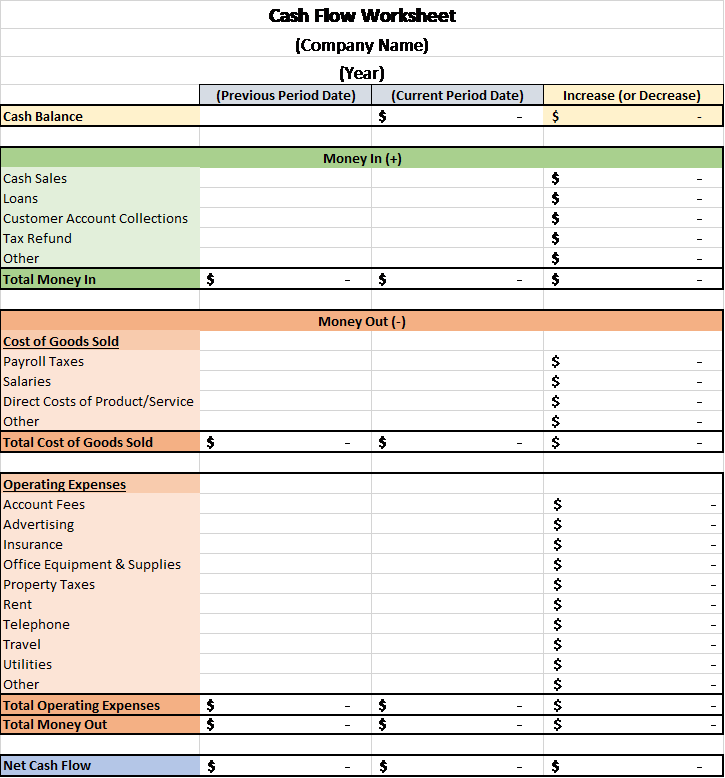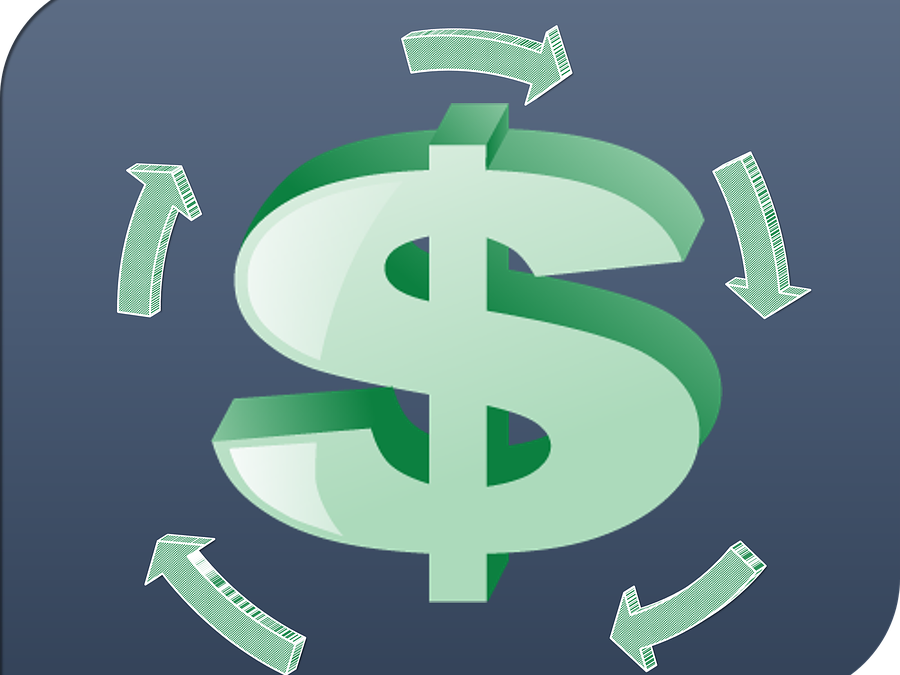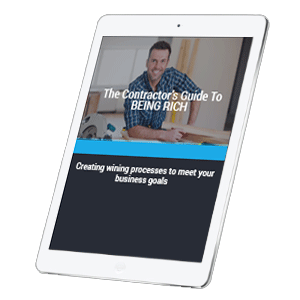It’s not uncommon for a contractor to have a seemingly never-ending amount of work to do but a bank account that doesn’t seem to match. The truth is, many contractors simply don’t understand, or don’t pay enough attention to their cash flow. This can be a potentially damning mistake.
What is cash flow?
Boiled down to its bare minimum, cash flow is a measurement of the cash coming in and going out of a business over a time period. In equation format:
Cash In – Cash Out = Cash Flow
If you’re not taking the time to track your cash flow on a monthly basis, you’re likely putting your business at risk. Going on “gut feel” is a recipe for failure and there’s a graveyard of failed contracting businesses out there to back that statement up.
Fortunately, you don’t need to be a financial wizard to keep tabs on your cash flow, just the willingness to punch some numbers into a spreadsheet. We’ve put together a basic cashflow worksheet which you can download below to track your cash in and cash out to see precisely how your cash flow is looking. You can do this month to month and year to year so you can better manage your business’s finances.

How do you improve cash flow?
If you’re just taking the time to run your cash flow numbers and find yourself underwhelmed, don’t panic. There are a number of strategies you can employ to improve your cash flow.
- Use past cash flow data to create a realistic budget.
- Set up manageable payment plans for equipment.
- Always look for the best price on equipment and services, every penny adds up!
- Get paid on receipt. If your estimates let customers know that you expect payment on receipt, you should be leaving the job site with money in your bank account.
- Invoice ASAP. If you delay getting invoices to customers, they’re more likely to take their time when it comes to paying you.
- Remove barriers to payment. Do you accept credit cards? What about PayPal or Venmo? People have a number of ways to pay these days, so it’s important to be as flexible as possible when it comes to receiving payments. If you are, you’ll find yourself getting paid much more quickly.
- Use material vendors that will give you 30 to 60-day terms. Having longer terms on your payments will give you some extra flexibility when you need it.
- Require a down payment. Getting 30 to 50% upfront before you start a job can help you pay for material and other upfront costs.
- Use the right tools for the job. This doesn’t just pertain to the physical labor you may be doing but also managing your cash flow process. Adding an easy to use invoicing and estimating app like JobFLEX to your business helps you put the right processes into place to make sure your estimates are consistent and your invoicing is easy. Having a tool that makes these elements easy will ultimately help your bottom line.
More tips on managing your cash flow
At JobFLEX, we’re passionate about the topic of cash flow because we’re contractors ourselves. We’ve put together a veritable library of blog posts on the subject and we encourage you to check out some of our other resources on this topic.
- How an app can put a stop to late payments
- How smart contractors get paid
- How electronic signatures can improve your cash flow
- Strategies for improving cash flow
- Everything you need to know about payment terms
- How to deal with slow-paying customers
- Mobile invoicing tips
Have your own tips on managing cash flow?
If you’re a contractor that’s overcome your own struggles with cash flow, we’d love to hear your tips if we haven’t already covered it. Drop us a line and share your tips and we’ll give you credit in a future post!



